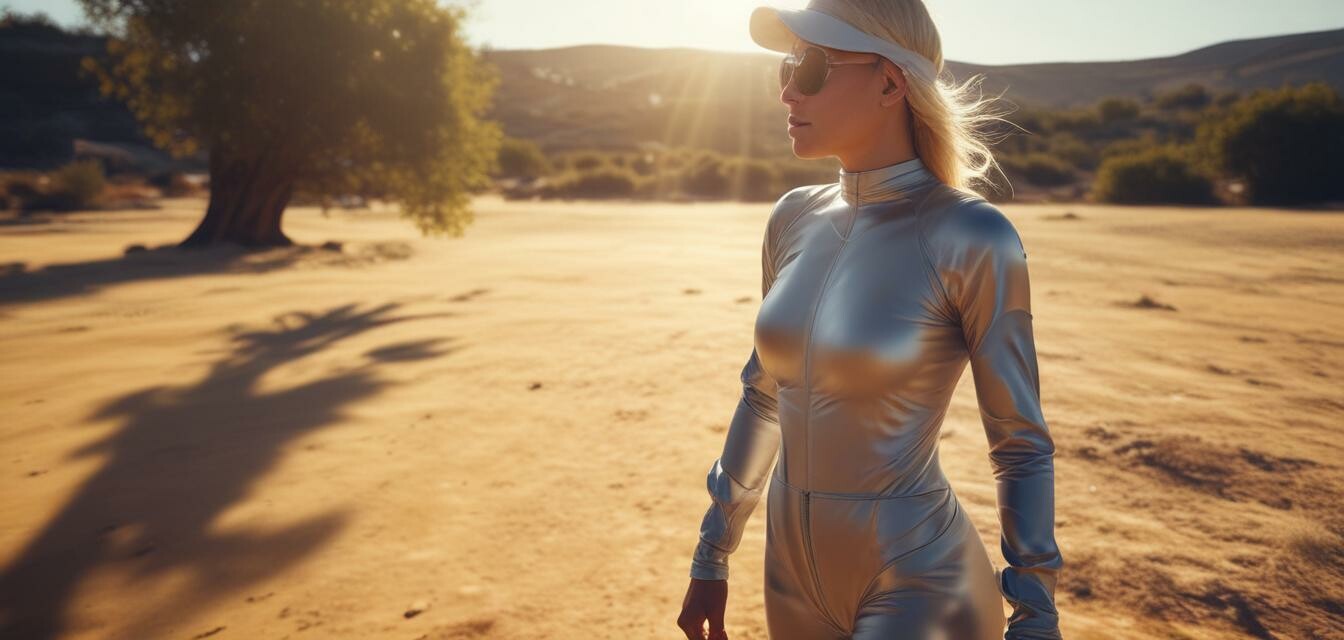
Understanding the dangers of UV radiation
Key Takeaways
- UV radiation can cause serious skin damage and contribute to skin cancer risks.
- UV protective clothing offers consistent protection without the need for reapplication.
- UPF ratings in clothing can block up to 98% of harmful rays.
- Children and sensitive individuals are the most at risk and should take extra precautions.
- Awareness of sun safety practices is essential for everyone.
As the sun shines brighter and the outdoor activities become more prevalent, understanding the dangers of UV radiation has never been more critical. Prolonged exposure to UV rays can lead to skin damage, premature aging, and even skin cancer. In this article, we will delve into how UV radiation affects our skin and how wearing UV protective clothing can significantly reduce these risks.
What is UV radiation?
Ultraviolet (UV) radiation is a form of electromagnetic radiation emitted by the sun. It is divided into three types based on wavelength:
- UVA: These rays penetrate deep into the skin and are primarily responsible for aging and wrinkling.
- UVB: These rays affect the surface of the skin and are responsible for sunburn, contributing to skin cancer.
- UVC: These rays are the most harmful but are mostly absorbed by the Earth’s atmosphere, meaning we are less exposed to them.
Effects of UV radiation on skin
According to various studies, UV radiation can cause both immediate and long-term damage to the skin:
| Effect | Description |
|---|---|
| Sunburn | Redness and inflammation of the skin due to excessive UVB exposure. |
| Premature aging | Wrinkles, fine lines, and age spots caused by long-term UVA exposure. |
| Skin cancer | Overexposure to UV radiation increases the risk of skin cancer. |
| Immune suppression | UV exposure can suppress the skin’s immune response, making it harder to fight off skin conditions. |
How UV protective clothing helps
One of the most effective ways to protect against UV radiation is through the use of UV protective clothing. Unlike regular clothing, these garments are designed specifically to block UV rays with Ultraviolet Protection Factor (UPF) ratings that can go as high as 50+. Here’s how they help:
- Consistent protection: Unlike sunscreen, which needs to be reapplied, UPF clothing provides ongoing protection without the need for reapplication.
- Comfort: Many UV clothing options come with moisture-wicking capabilities to keep you cool while enjoying the outdoors.
- Ideal for outdoor activities: Whether it’s beach outings or hiking, protective clothing is perfect for extended outdoor activities.
- Kid-friendly: Special UV-rated kid's apparel is available, ensuring safety for children, who are more susceptible to sun damage.
Understanding UPF Ratings
When shopping for UV protective clothing, you’ll encounter UPF ratings. Here’s what those numbers mean:
| UPF Rating | Percentage of UV Rays Blocked |
|---|---|
| 30 | 97% |
| 40 | 97.5% |
| 50+ | 98% |
Practical tips for sun safety
In addition to wearing UV protective clothing, here are some practical tips to keep in mind while enjoying outdoor activities:
- Seek shade whenever possible, especially during peak sunlight hours (10 a.m. to 4 p.m.).
- Wear a wide-brimmed hat and sunglasses to protect your face and eyes.
- Apply a broad-spectrum sunscreen with at least SPF 30 if exposed to the sun.
- Stay hydrated and monitor your skin for any unusual changes.
Beginner’s section on UV protection
If you're new to UV protection, here are a few essential steps to get started:
- Understand your skin type and its reactions to sun exposure.
- Research and select UPF-rated clothing suitable for your activities.
- Make sun safety a daily habit, even on cloudy days, as UV rays can penetrate through clouds.
Pros
- Long-lasting protection without the need for reapplication.
- Comfortable and often includes moisture-wicking properties.
- Variety of styles available for different activities.
- Safe and effective for all ages, including children.
Cons
- May require a higher initial investment compared to regular clothing.
- Limited availability in some regions or stores.
- Some people may find UPF clothing less breathable in hot weather.
Conclusion
Understanding the dangers of UV radiation is crucial for maintaining skin health. By incorporating UV protective clothing into your outdoor activities, you can enjoy the sun safely while minimizing your exposure to harmful rays. With the right precautions in place, you can encourage a healthy and active lifestyle all year round. For more insights on staying safe under the sun, explore our Health and Safety Tips category.